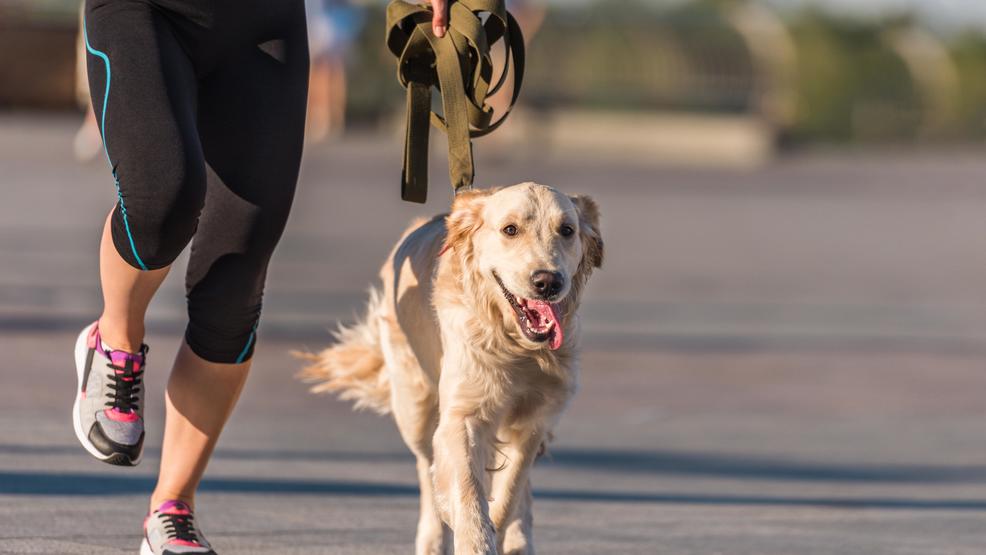
Feb 22, 2019 | By, For Pet's Sake
How to start running with your dog
It’s easy to stay in shape when you have a friend to hold you accountable. And when that friend has four furry legs, a cold nose, and a slobbery tongue, there’s no way you skip out on a running date (seriously, have you tried saying no to a dog? It almost NEVER works.)
Running with Rover is a great way to get in shape and improve your health while burning off some of your pup’s energy. But just like humans, dogs need to build up their running legs (you couldn’t go from being a couch potato to a half marathon runner in a day…right?).
Here are some tail-wagging tips to get your pooch 5K ready.
- Do a quick fitness assessment.
An estimated 56 percent of dogs in the United States are overweight or obese. So, don’t be surprised if your dog can’t make it to the top of the street before needing a water break. Plus, not all dogs are natural-born runners (Weimaraners, German Shorthaired Pointers, Vizlas, Labrador and Golden Retrievers, and Greyhounds all top the list of best types of dogs for runners).
Consider getting a check-up for your dog before you begin a running routine, preferably with a vet that specializes in rehabilitation medicine.
- Don’t start them too young.
Running too much too soon can actually damage a puppy’s bones and joints. Sharon Wirant, an animal behaviorist with the ASPCA, told Health.com that “You really should wait until a young dog’s growth plates [areas of cartilage near the ends of bones] have started to close, and that time frame really varies by breed and size of the dog. A much smaller dog like a Jack Russell Terrier could probably start going on regular runs earlier than a larger dog, like a Great Dane, whose growth plates will take longer to seal up.” Depending on the breed, you may have to wait until your dog is at least two years old.
On the other end of the age spectrum, you may have to hold an aging dog back. If you have concerns about your pet’s age, talk to your veterinarian.
- Run slow (at least at the beginning).
Fido might want to speed up for every squirrel he sees, but make sure to control the pace and distance for the first few weeks of running. If your dog hasn’t been regularly walking, start with daily walks, even if they’re just 20 minutes. Then add in five-minute running intervals a few times a week. Slowly increase the time spent running each week until your pooch is perfectly putting one paw in front of the other.
- Make sure to warm up and cool down.
Spend at least five minutes walking before you start your workout to warm up Buddy’s legs and a few minutes walking at the end of the run to cool down.
- Pay attention to your dog’s form.
Your pooch can’t speak up when they’re in pain, so keep an eye out for signs of injury or exhaustion during a run. Monitor their pace, position, and gait. If their tail drops, they’re panting louder than usual, or limping; it’s time to stop.
- Be prepared!
Fur parents should be ready for all situations. Carry water with you (unless there are water fountains on your running route—many parks have dog water fountains), and always bring waste bags (seriously, don’t be that guy). And don’t forget to keep your pooch on a leash in public places at all times.

